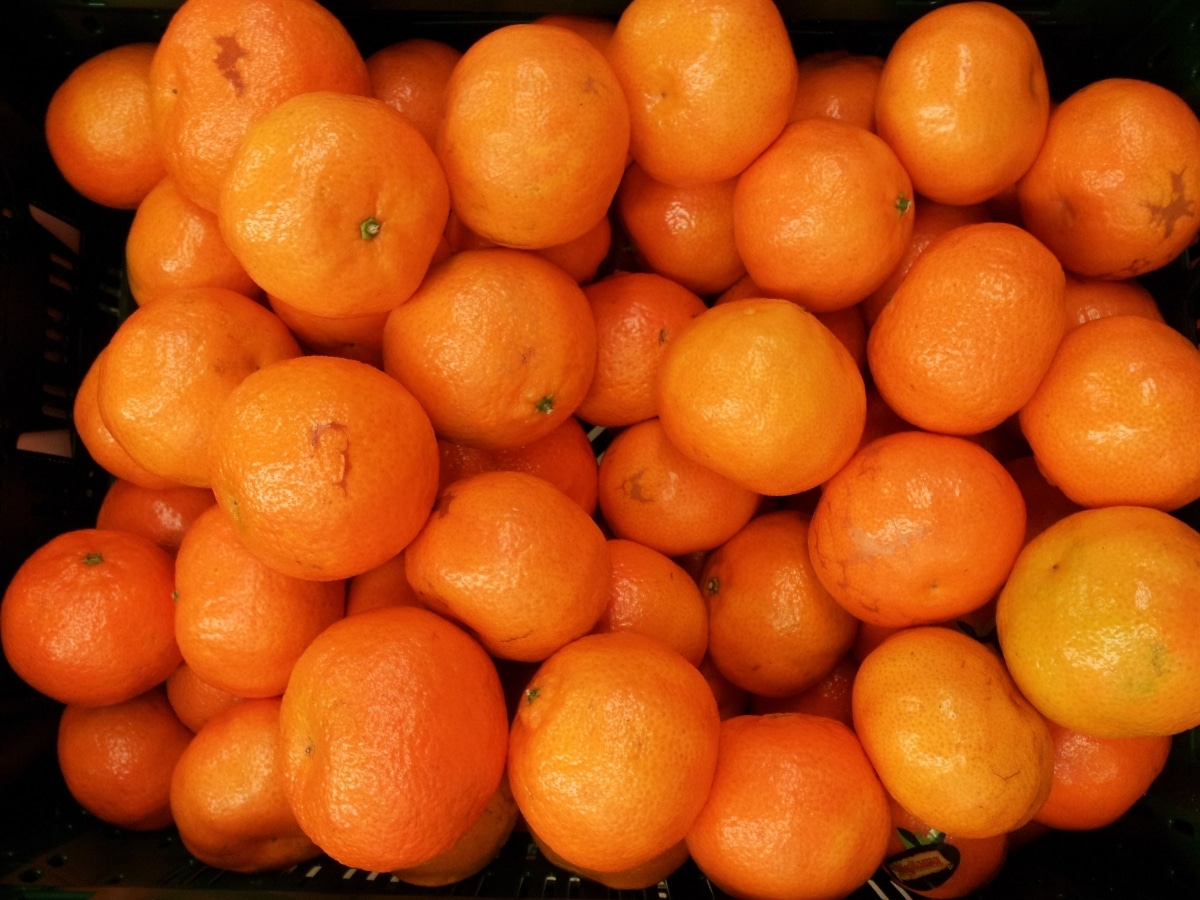

Image – Wikimedia Commons / Counter
Within the group of mandarins there is a variety that could almost be confused with an orange: it is somewhat larger than a common mandarin, and has a darker skin color. Its name is clemenules, a type of fruit tree that owes its existence to a spontaneous mutation of its progenitorthe species Citrus x Clementineoccurred in Spain, specifically in the town of Nules (Castellón) in 1953.
The conditions that the Mediterranean climate gives plants, which is the one they enjoy in the clemenules’ cradle, can be extreme at times, but the truth is that the mild temperatures of spring and autumn mean that many citrus fruits can produce many fruits. But what exactly is this mandarin variety like? What are your growing needs?


Image – Wikimedia Commons /


Image – Wikimedia Commons /
The clemenules, also known as clemenula mandarin, Nules clementine, Victoria clementine or Queen clementine, is the fruit of a tree whose height is somewhat greater than that of its parent; that is measures up to 10 meters tall (about 2-3 more than Citrus x Clementine). It has an open, rounded and somewhat compact crown, with branches from which a large number of leaves sprout.
It lacks thorns in its cupso it is interesting to grow it near the paths of the garden or orchard because not only will it not be dangerous for children or / or domestic animals, but we can also feel the sweet aroma of its flowers in spring every time we walk by she. Of course, we may find some in the pacifiers, but since these have to be eliminated to guarantee that the development will be adequate, it is not a problem.
Another detail that we will see is a series of bumps or bumps on both the branches and the trunk. These correspond to buds that are in a state of latency, waiting for the time to wake up.
The leaves are lance-shaped, that is, they are lanceolate, and can have different lengths. Its flowers are small, soft in color, and aromatic. Pollen is highly effective, so although clemenules do not usually have seeds, it is possible to get them to have them through cross pollination.. This is done by passing a brush over a flower on one specimen, and immediately afterwards on another flower on another tree; like this for several days in a row.
Nules clementine characteristics
The clemenules is a variety of clementine that It has an intense orange skin when it finishes maturing, and a rounded, somewhat flattened shape. The pulp is also orange, and it has a juice that they say is delicious, but with a slightly stronger flavor than that of a mandarin.
You should also know that it loses it quickly, so it is not possible to keep it on the plant for long. In fact, in Spain it is harvested from November to the end of January at the latest Well, if it is left longer, it spoils, despite the fact that the bark remains in good condition.
In addition, this loss of fluid makes it vulnerable to snorting. This is one common physiopathy in citrus, and consists of the separation of the rind and the pulp. It does not have to affect the quality of the fruits, but when they are going to be used for sale, they must be prevented from happening by collecting them as soon as they mature.

Location
It is very important that you get the sunif possible throughout the day. For this reason, it must be placed outside, since inside the house it would have problems growing and many more to flourish and bear fruit.
Earth
It is not a very demanding plant, but it does You will see better results if your soil is deep and has a pH of 6 to 7. It also needs to be rich in nutrients, and not easily puddle.
Irrigation
The clemenules is a plant that needs to be watered frequently, but without overdoing it. During the summer it will be watered about three times a week, or four if the temperatures are 30ºC or more. On the contrary, in autumn and especially in winter, the frequency of irrigation will be less: once or twice a week.
Subscriber
From early spring to late fall You must pay it with a specific fertilizer for citrus. In the event that you see that its leaves turn yellow, leaving the nerves green, you will have to add iron chelate or fertilize with a fertilizer for acid plants.
Pruning
In late winter, after harvesting, You have to remove the branches that are dry, and those that are broken or diseasedand also the pacifiers.
Pests


Image – Wikimedia / Gilles San Martin
Red spider and aphidsbasically. These are two pests that appear during spring and especially in summer, as it is when temperatures are high. Both feed on the sap: the first from the leaves, and the second also from the flowers and green stems.
Fortunately, easy to remove with diatomaceous earth (on sale here!). To do this, you have to moisten the affected parts of the plant with water as soon as it stops giving it the sun, and sprinkle it on top. The next day you will see that there is almost no trace of the pests.
If you cannot get it, then tell you that the spider mite is well eliminated with acaricides, and aphids with water and diluted neutral soap.
Rusticity
The clemenules withstands the cold, and also the weak frosts, up to -5ºC.
Did you know this variety of clementine?

One thought on “Cultivation of clemenules, a variety of clementine with an exquisite taste”